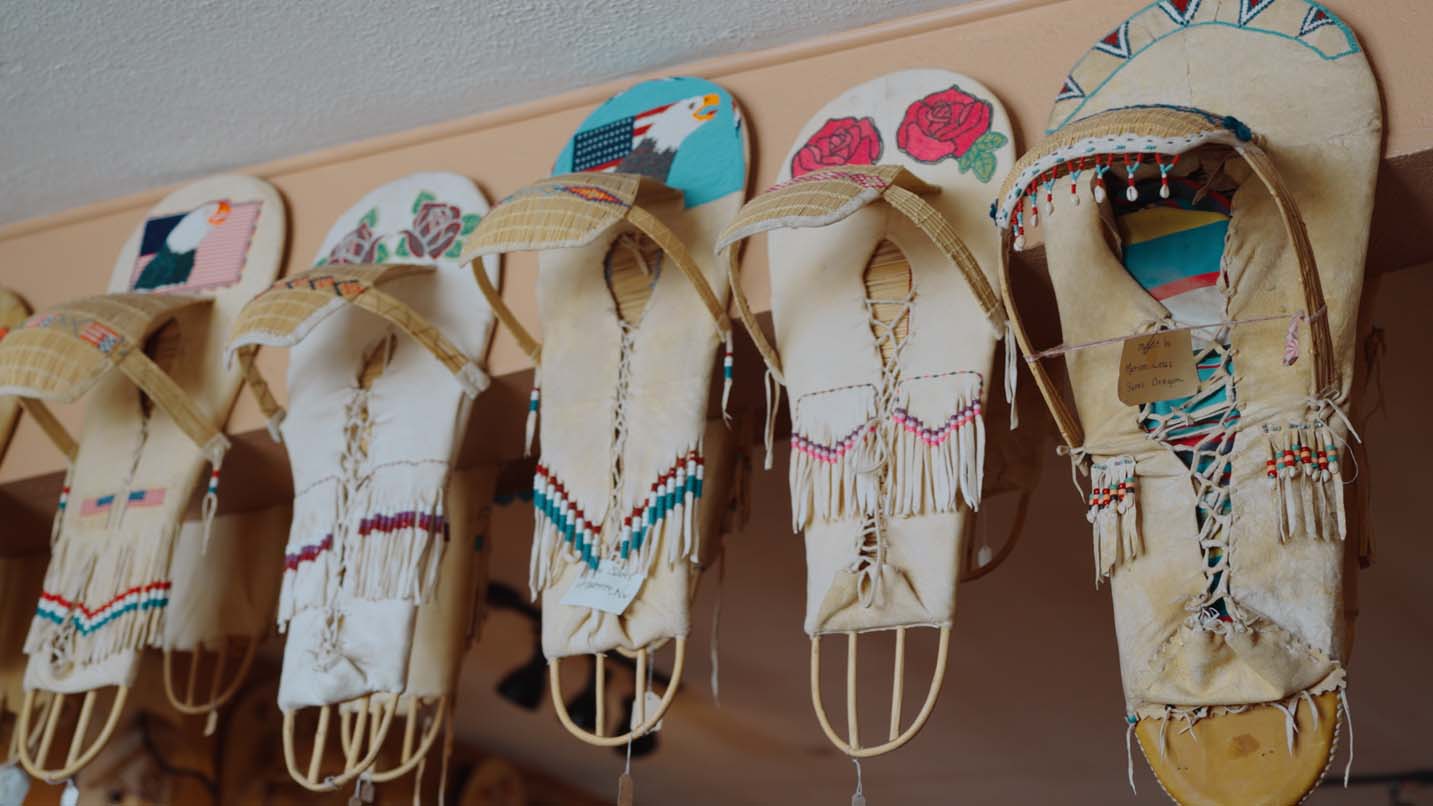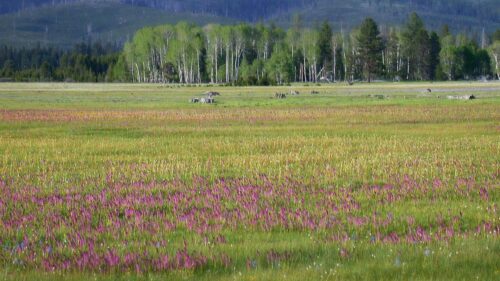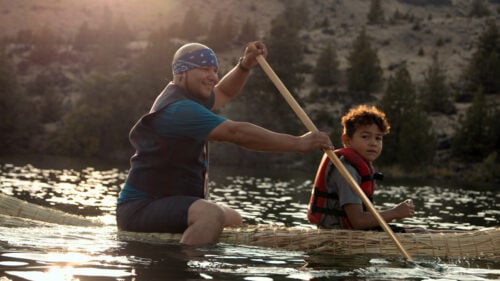“The smell of sagebrush, particularly when it’s raining — that’s always a signal of home,” says Diane Teeman, an elder and member of the Burns Paiute Tribe, one of Oregon’s nine federally recognized tribes. This tribe’s understanding of home is far more than a singular place. “To us the land is like family,” she explains. “It has rights, has personhood” and is instilled with life energy — puha — of those who came before.
Understanding this connection between the land and family can help visitors who travel to Burns Paiute tribal lands in Eastern Oregon have a more culturally enriched experience and show respect to the residents. Here’s how to ensure your experience supports local people and places on your next visit.
Understanding the Burns Paiute Link to the Land
Informed by a tribal history dating back more than 750 generations, the Burns Paiute tribal people are indigenous to the Harney Basin, a high-desert region that spans the heart of the Great Basin and what is today Eastern Oregon. It is a homeland of remarkable diversity, from 9,733-foot-high Steens Mountain to the parched Alvord Desert, from ponderosa pine forest to a mosaic of shallow playa lakes, rivers and wetlands.
The Burns Paiute understanding of the land isn’t folklore based in the past, stresses Teeman, but rather a present-day belief system.
“All of our ancestors and their spirits are here. Everywhere they went, everything they touched, everything they left behind is imbued with their puha.” Even after a physical body dies, she explains, communities of energy remain. “It’s our responsibility to protect those places and those things so our ancestors can continue to travel well and be well.”
In other words, what a visitor might consider an interesting keepsake is of deep significance to the tribe.
“When someone starts taking things off the land, they create a rupture in the soul that is traveling.”
For more than 30 years, Teeman has worked toward the protection of Great Basin tribal culture and heritage, including 13 years as director of the Burns Paiute Tribe Culture and Heritage Department, which provides a lifelong education in the tribe’s traditional life ways and value system. The teachings, notes Teeman, are distinct from Western education in archaeology — a field in which she also holds master’s and doctorate degrees. Teeman’s advanced studies in both tribal and Western teachings help her navigate how to most effectively raise awareness of values and laws that are vital to protecting the tribe’s heritage.
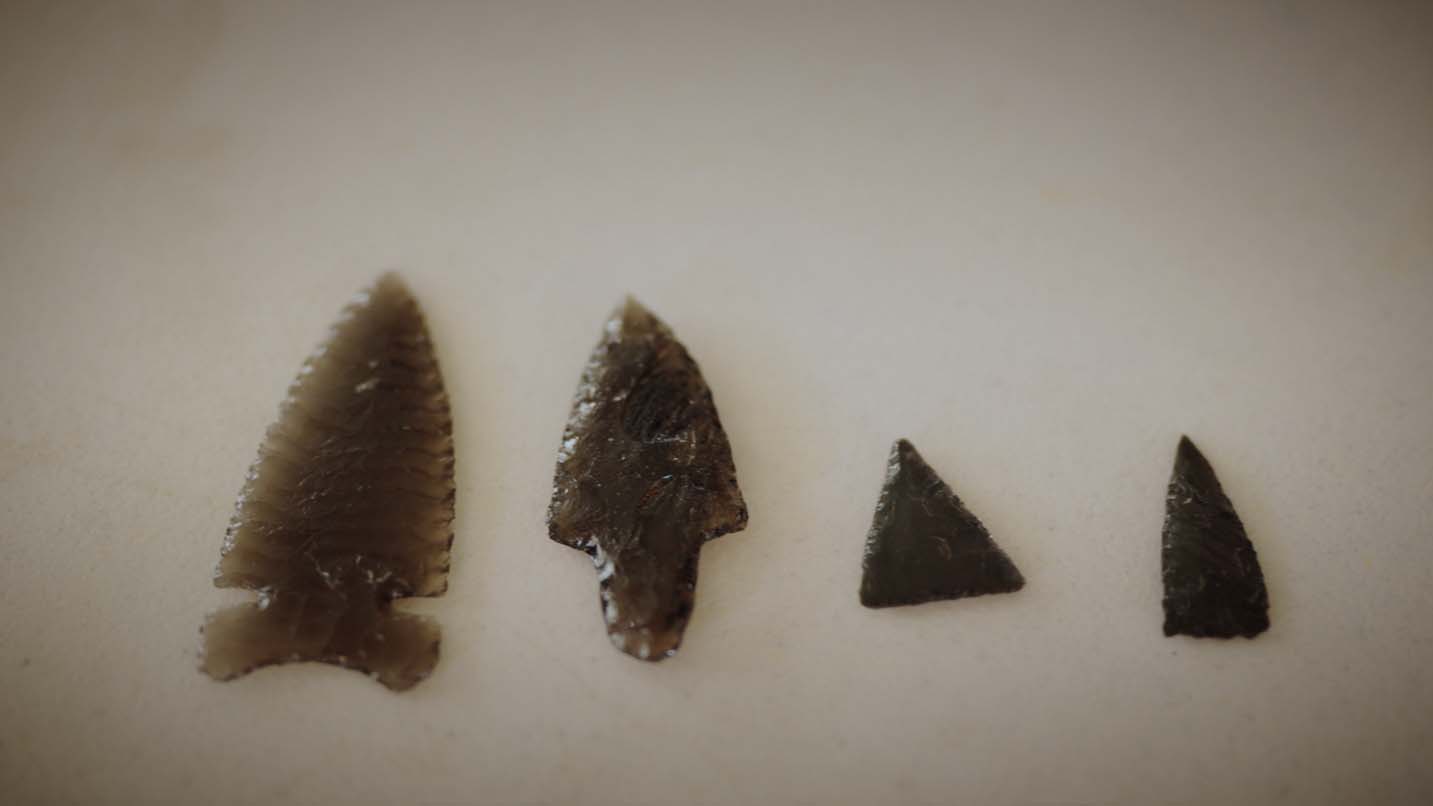
Honor Tribal Values by Not Removing Items From the Land
“If you know the land as we do, everything is here to have a good life,” says Teeman. “Our understanding of the world revolves around reciprocity. We have a really strong relationship with the energy embodied in the landscape that is traded reciprocally through time.”
To respect this spiritual relationship, you need to know how you can impact it. If you alter or remove arrowheads, fossils or other items you find on the land, for example, Teeman says it can cause disruptions in the exchange of energy and ancestral spirits connected with it. When previously collected items are returned to the tribe, it becomes the tribe’s burden to rectify the intrusion. Returned items are treated with reverence and carefully re-interred to the land as close as possible to their place of origin.
The best advice is don’t create a disruption in the first place. Leave any human-made or natural items you come across exactly where they are. Don’t touch, don’t move and don’t remove. Taking these items is a violation of federal law.
A great way to support local makers is to purchase arts and crafts from tribal members. First verify that each piece is contemporary and intended for sale, not a found artifact. Oard’s Gallery in Burns is a longstanding and reputable source for Burns Paiute arts and crafts, where you can shop for exquisitely beaded bags and moccasins, and unique jewelry like artist Travis Kennedy’s porcupine-quill earrings. The tribe also plans to establish sales outlets for Burns Paiute tribal products on its website and at a future cultural center in Burns.
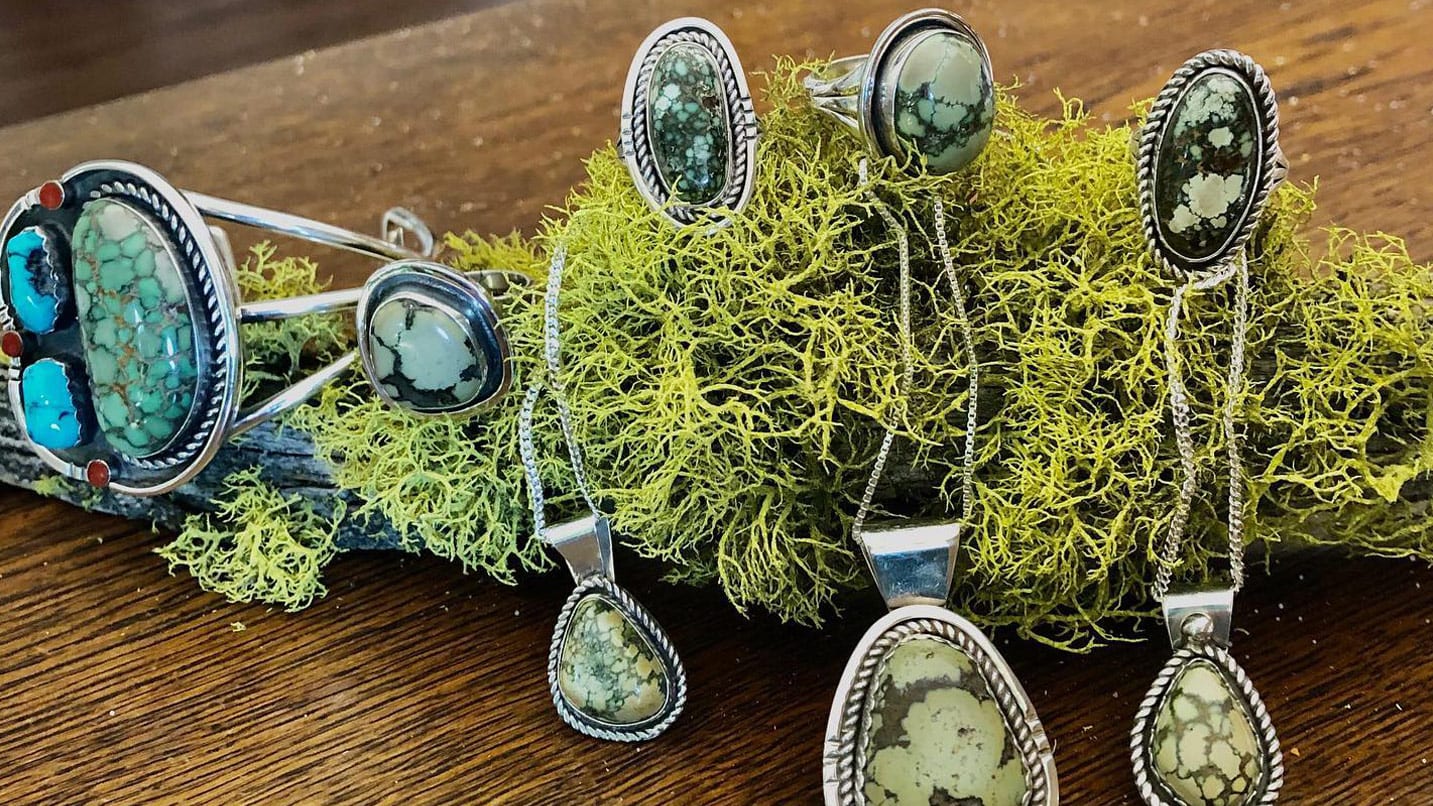
Experience the Outdoors and Tribal Events
There are many ways to experience Burns Paiute country. In spring recharged wetlands and greening native grasses bring fresh beauty to the landscape around Malheur Lake and the Harney Basin, attracting hundreds of migrating bird species and grazing mammals like the native pronghorn. Teeman recommends the Harney County Migratory Bird Festival in April, featuring birding tours, art shows, workshops and more around Burns and the Malheur National Wildlife Refuge.
Autumn brings the tribe’s top cultural event, its Reservation Day Powwow held the second weekend in October in Burns. Admission is free and open to the public. Events include traditional dance competitions, lacrosse medicine games, food booths and craft vendors. It’s a celebration of Burns Paiute heritage for all to enjoy.
